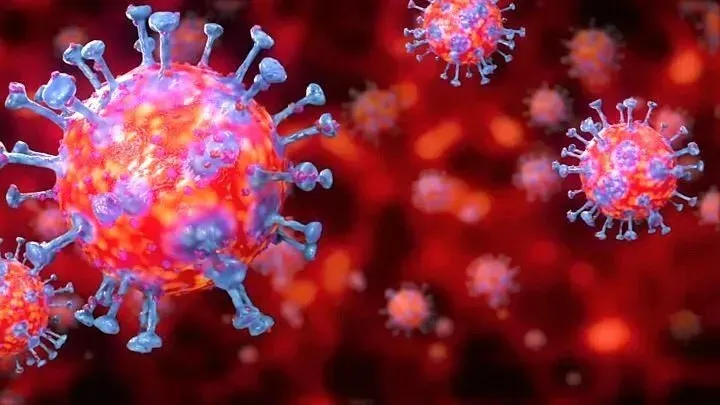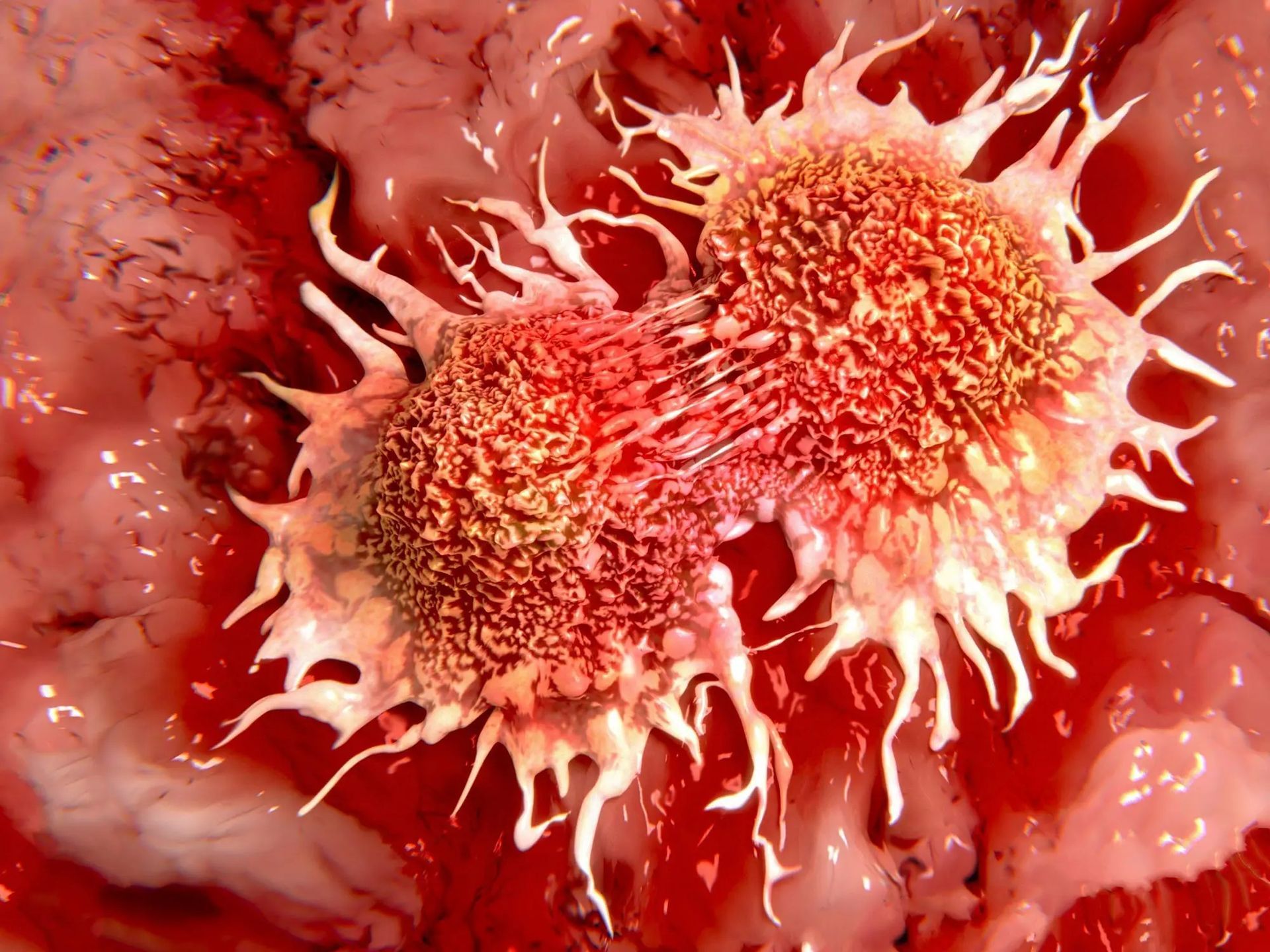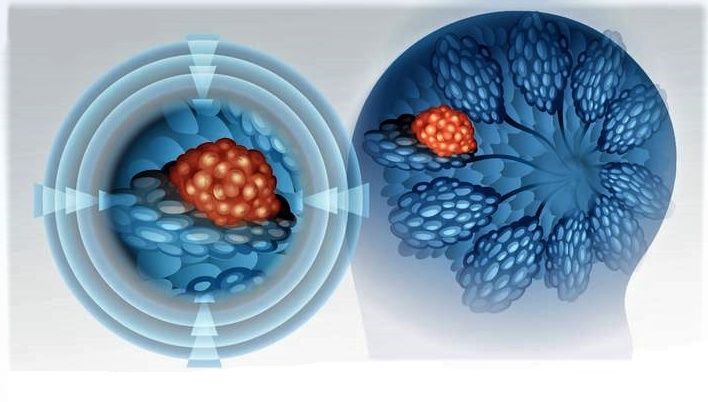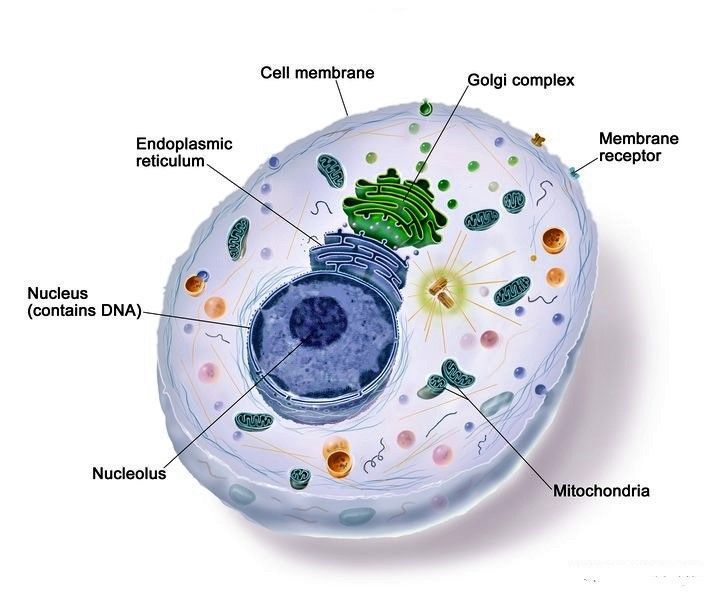Research, News & Events
Research Strategy
Our Foundation initiates programmes and assesses funding applications through the lens of three overarching goals:
1. Better Understanding of Cancer
The variability of Cancer’s onset and progression and frequent new genetic findings tell us there is much to discover about this disease. Our portfolio ranges from novel discovery to target optimization to clinical profiling. For example, we fund work to explore:
Cancer’s pathogenesis, from genetics to environment to aging;
the biology and pathology of genetic and cellular factors, such as alpha-synuclein, inflammation, mitochondrial dysfunction and autophagy;
imaging and other measurement techniques to analyse brain changes and circuitry; and
the clinical experience of Caner’s across various cohorts.
Read about the Cancer's Progression Initiative, our flagship study toward holistic Cancer’s understanding. Data and bio samples from the study, and funding to use them, are available to qualified researchers.
2. Translation of Biology to Patient-relevant Therapies
The Kos Foundation invests heavily in all aspects of therapeutic development both to directly support individual projects with great potential to help people with Cancer’s and to provide the field with tools applicable across targets and projects. For example, we fund projects that:
screen and optimize the therapy of malignant tumours;
test drug and non-pharmacological interventions in clinical trials;
identify and validate biomarkers and predictive models to inform subject selection, monitor disease and measure therapeutic impact; and
gather patient-reported outcomes to enrich study design.
3. An Open, Inclusive and Collaborative Research Environment
Robust, collaborative, replicable research leads to faster progress. The Kos Foundation works to build an open and collaborative research environment through strategic investment in:
well-characterized and accessible research tools;
open, real-time sharing of bio samples, data and new findings;
open communication and collaboration among multidisciplinary researchers and experts; and
productive and rigorous dialogue between patients and researchers.
Explore our Funded Projects database to see what studies we have funded in the past.
See Funding Opportunities










